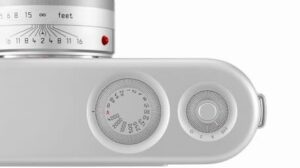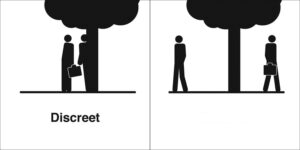RAW vs. JPEG: Which Image Format is Best?
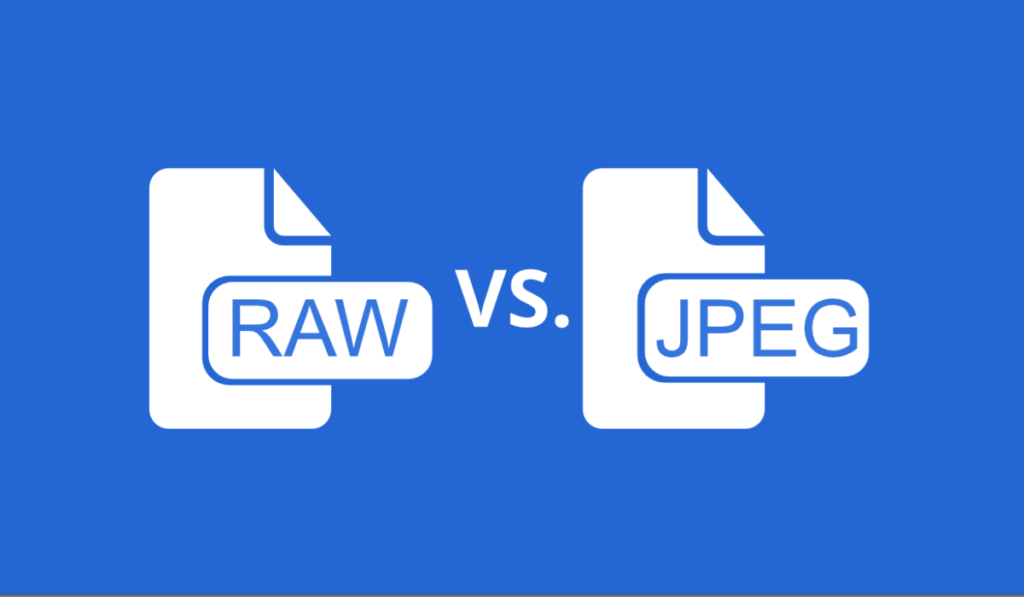
When it comes to digital photography, choosing between RAW and JPEG is like choosing the right brush. Photographers’ preferences and needs are met by different formats, each offering distinct advantages and disadvantages. We’ll examine the nuances of RAW and JPEG formats to determine which one is most appropriate for your creative vision and workflow.
An introduction:
When it comes to digital photography, choosing between RAW and JPEG format can have significant effects on the quality and flexibility of your images. Knowing the advantages and disadvantages of each format is essential for elevating your photography game. It’s often overlooked by beginners, but embraced by seasoned photographers. Let’s take a closer look at the key points.
Convenience of JPEG vs. flexibility of RAW:
-
Although JPEGs are convenient for sharing and smaller file sizes, they sacrifice flexibility in post-processing.
-
With RAW format, you can extract maximum detail and color information from your images.
Range of dynamic motion:
-
Both shadows and highlights are preserved in RAW files.
-
Due to its compressed format, JPEG may lose detail in extreme light and dark areas, limiting editing options.
Gamut of colors:
-
Compared to RGB, RAW offers a broader color gamut, giving the reproduction of colors a richer and more nuanced quality.
-
With aggressive adjustments, JPEG’s limited color depth may result in color banding or inaccuracies.
Image quality and artifacts:
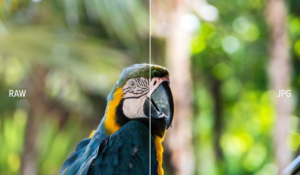
-
In large prints or aggressive cropping, JPEG compression introduces artifacts, such as blocky edges.
-
When it comes to large-format printing and professional work, RAW files maintain higher image quality and finer details.
Post-processing vs. in-camera processing:
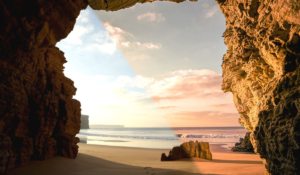
-
In JPEG files, sharpening and white balance adjustments are made in camera, limiting post-processing options.
-
In addition to sharpening and noise reduction, RAW files allow for precise white balance correction, so the images are as sharp as possible.
A future-proofing approach:
-
It is possible to reprocess RAW files using advanced editing software and techniques because RAW files preserve the original sensor data.
-
As a result of their irreversible nature, JPEG files may be unable to be edited with future tools and standards once they have been processed.
The relationship between shooting speed and processing time is as follows:
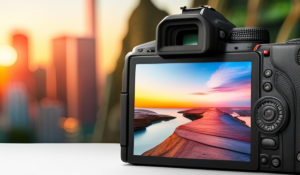
-
Since JPEG files are smaller, they enable faster shooting speeds and continuous burst rates, which are ideal for action photography.
-
It takes more time and space to process RAW files, but the editing options and image quality are unsurpassed.
The file size and storage requirements are as follows:
-
In terms of storage and sharing, JPEG files are much smaller than RAW files.
-
Although RAW files require more storage space, they provide the highest quality images and offer greater editing flexibility, so the investment in storage solutions is justified.
In conclusion:
It is important for photographers to understand how RAW and JPEG formats differ so that they can choose the file type that best suits their workflow, creative vision, and photography needs. When it comes to choosing between RAW and JPEG, making an informed decision ensures optimal results.
With the ever-evolving landscape of digital photography, photographers must make a choice between RAW or JPEG to capture their vision and translate it into timeless images. In order to capture photographic excellence, you must choose the right image format, whether you are creating a breathtaking panorama or immortalizing a fleeting moment.


